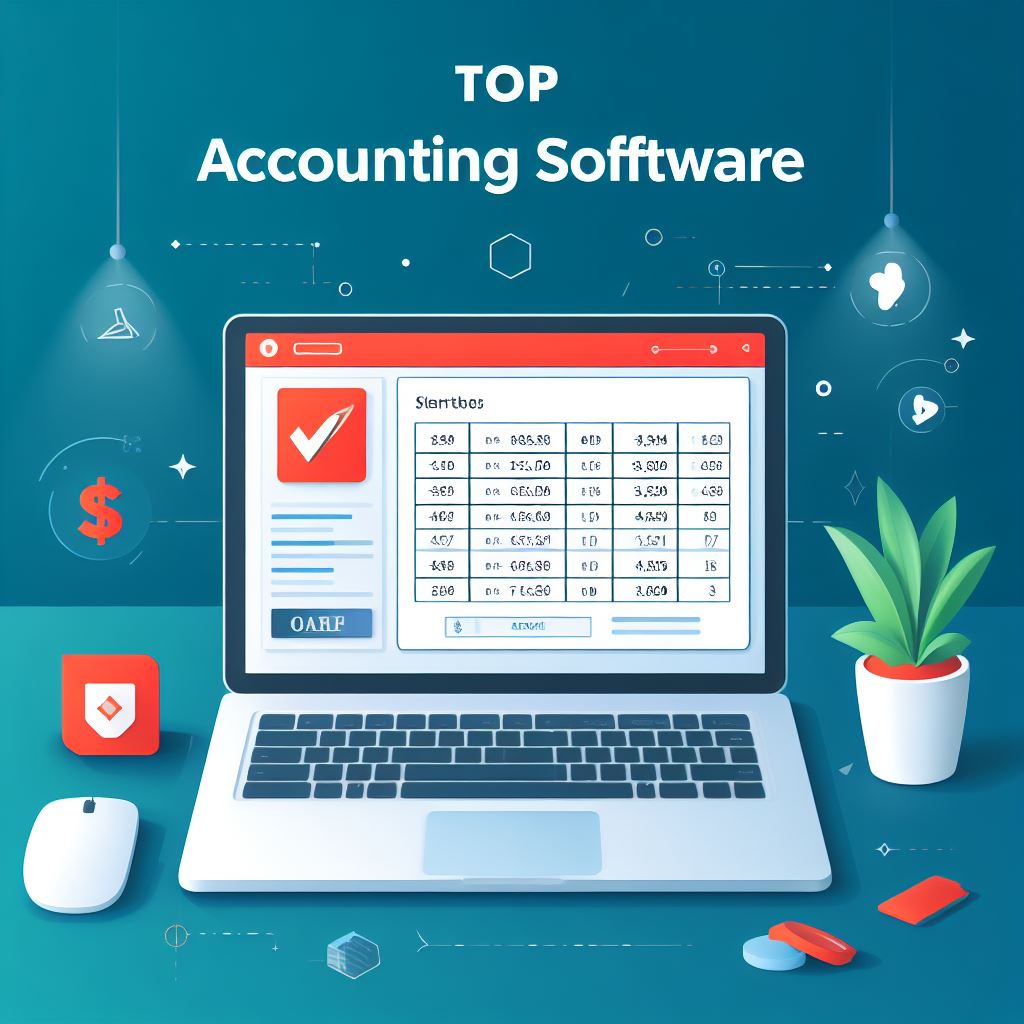Top Accounting Software for Startups and Enterprises
QuickBooks is an accounting software package developed and marketed by Intuit. It is designed to help small and medium-sized businesses manage their financial transactions, such as invoicing, expenses, payroll, and tax preparation. QuickBooks offers both on-premises and cloud-based versions of its software, as well as various features and integrations to suit different needs and preferences.
The cloud-based version of QuickBooks refers to the deployment of the QuickBooks Desktop software on cloud servers instead of being installed and run on individual local computers. This means that you can access and use your QuickBooks Desktop software from any device, anytime, anywhere, as long as you have an internet connection. You can also collaborate with your accountant, bookkeeper, or colleagues in real-time and work on the same data. The cloud-based version of QuickBooks is also more secure, reliable, and scalable than the locally installed version, as it offers features such as data encryption, automatic backups, disaster recovery, and flexible resources.
To use the cloud-based version of QuickBooks, you need to subscribe to a third-party service provider that hosts your QuickBooks Desktop software on their cloud servers. You can choose from various service providers that offer different plans and prices depending on your needs and preferences. Some of the popular service providers are Ace Cloud Hosting³, Swizznet⁴, Right Networks⁵, and Cloud9. You can compare their features and reviews on their websites, or read this article for a detailed comparison.
Some alternatives to QuickBooks are:
Xero: Xero is a cloud-based accounting software that offers features such as invoicing, expenses, inventory, payroll, and reporting. Xero is best for established businesses that need a simple and reliable accounting solution that can handle multiple currencies and integrations. Xero’s pricing plans start at $13 per month for the Starter plan, which includes basic features for up to 20 invoices and quotes, five bills, and the reconciliation of 20 bank transactions. The Standard plan costs $37 per month and offers unlimited invoices, bills, and bank transactions, as well as payroll for up to five employees. The Premium plan costs $70 per month and includes payroll for up to 10 employees, multiple currencies, and projects. Xero also offers a 30-day free trial for all its plans.
FreshBooks: FreshBooks is a cloud-based accounting software that offers features such as invoicing, expenses, time tracking, projects, payments, and reports. FreshBooks is best for freelancers and self-employed professionals who need a user-friendly and flexible accounting solution that can automate tasks and streamline workflows. FreshBooks’ pricing plans start at $17 per month for the Lite plan, which includes features for up to five billable clients. The Plus plan costs $29 per month and offers features for up to 50 billable clients. The Premium plan costs $55 per month and offers features for up to 500 billable clients. FreshBooks also offers a custom plan for businesses that need more features and support. FreshBooks also offers a 30-day free trial for all its plans.
Wave: Wave is a free cloud-based accounting software that offers features such as invoicing, expenses, receipts, accounting, reports, and taxes. Wave is best for small businesses and entrepreneurs who need a basic and affordable accounting solution that can manage their finances and taxes. Wave does not charge any monthly fees or transaction fees for its accounting software. However, Wave makes money by offering paid services such as online payments (2.9% + 30 cents per transaction) and payroll (starting at $20 per month)³.
To get started with QuickBooks, you can follow these steps:
- Sign up for a QuickBooks account and choose a plan that suits your needs. You can also try out QuickBooks for free for 30 days.
- Review the dashboard and navigate through the different features and tools that QuickBooks offers. You can use the QuickBooks Help Guide to go through each feature and see what it can do for your business. You can access the QuickBooks Help Guide here.
- Choose a feature or a set of features that you want to use for your business. For example, if you want to manage your income and expenses, you can use the Transactions feature, which allows you to track your sales, purchases, and bank transactions. You can learn more about the Transactions feature here.
- Use the QuickBooks Knowledgebase and the QuickBooks Assistant to learn more about how to use the features and tools that you have chosen. The QuickBooks Knowledgebase is a comprehensive resource that provides articles, videos, tutorials, and FAQs on various topics related to QuickBooks. The QuickBooks Assistant is a chatbot that can answer your questions and guide you through the software. You can access the QuickBooks Knowledgebase here and the QuickBooks Assistant here.
- Implement what you have learned from the training and start using QuickBooks to manage your business finances. You can also join the QuickBooks community and connect with other users, experts, and support staff who can help you with any issues or questions.

